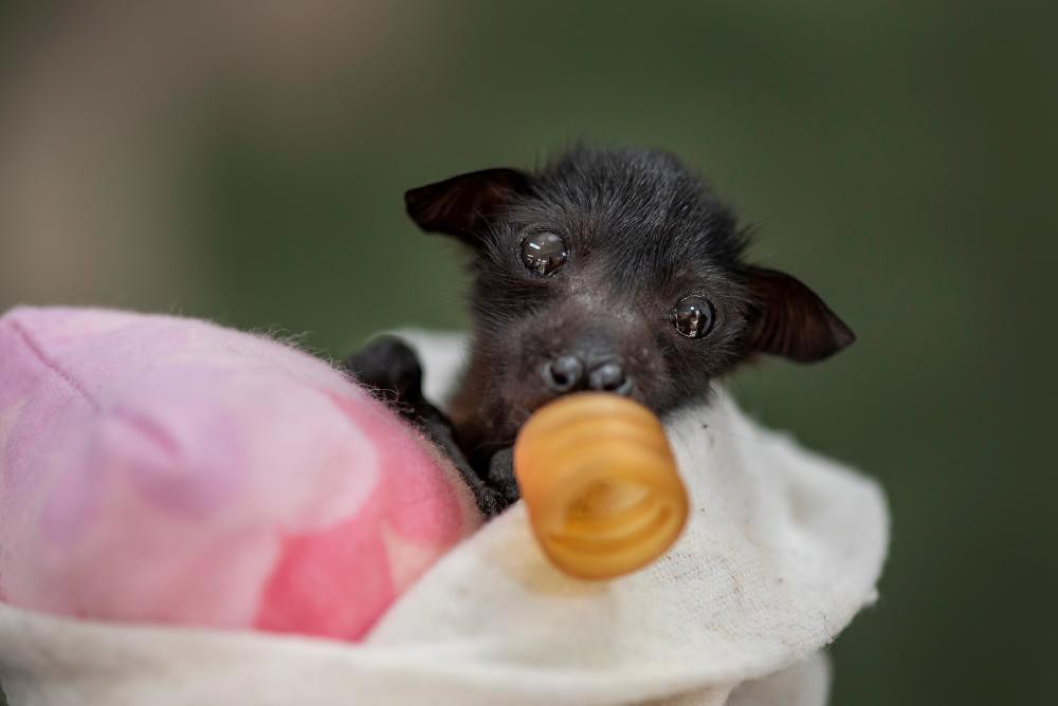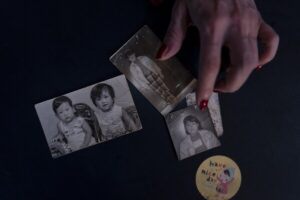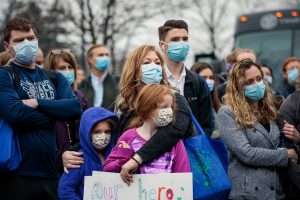Vets, nurses and volunteers have been treating sick, injured and orphaned native animals on the Gold Coast for 32 years
The Currumbin Wildlife hospital on Queensland’s Gold Coast is one of the country’s busiest wildlife hospitals. For 32 years, vets, nurses and volunteers have worked to treat and rehabilitate sick, injured and orphaned native animals. More than 140,000 animals have been admitted to the hospital in the past 20 years, most of those brought in by members of the public. The number of admissions is rising every year. In 2020, almost 14,000 animals needing care were admitted.
Clockwise from top: An Australian wedge-tailed eagle (Aquila audax) is anaesthetised by veterinarian Fumie Tokonami (right), assisted by veterinarian nurse Natasha Graham, a kookaburra in a cage recovering, a boobok owl chick has bloods drawn for analysis
Senior vet Michael Pyne has worked at the hospital for 21 years. “I always say I dream of the year we see fewer animals than we did before and it just doesn’t happen,” he says. “They go up by about 1,000 every year.” More than 250 native species have been treated at the facility. They include koalas, birds such as wedge-tailed eagles and lorikeets, flying foxes, pythons, water dragons and eastern brown snakes. Pyne says most of the animals they care for are brought to the hospital because of trauma, such as road accidents, attacks by domestic pets, flying into windows, or becoming caught on fishing hooks.
An X-ray of an Australian white ibis (Threskiornis moluccus) determined it had swallowed a fishing line with a hook attached to it. Surgery was required to remove it
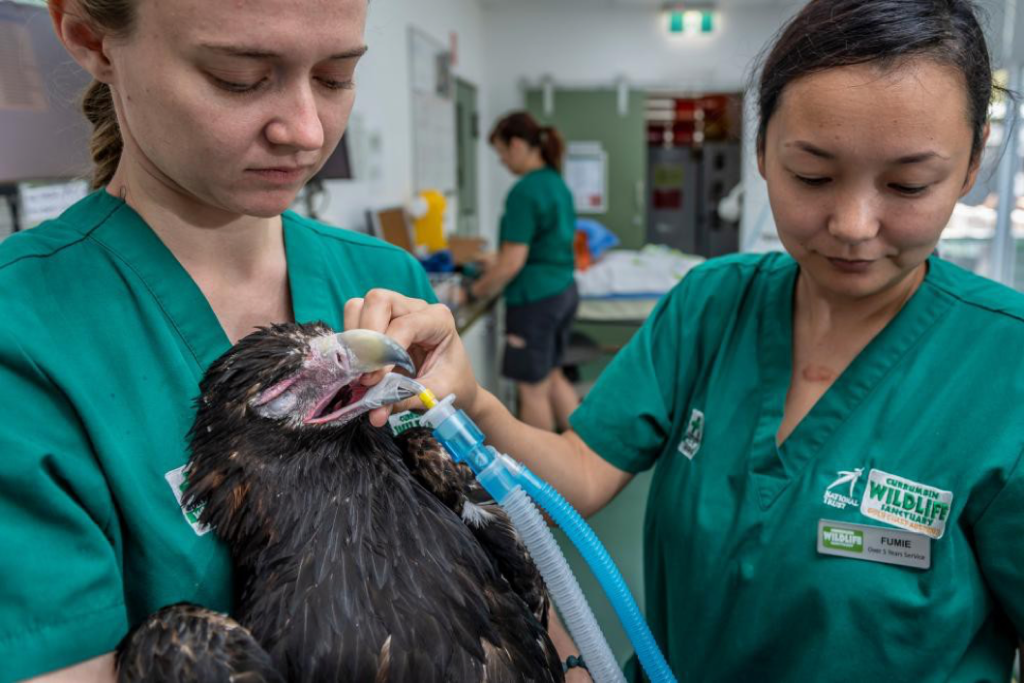
“It’s mostly linked to humans being here one way or another,” he says. The one exception is the koala. About 80% of the koalas in the hospital’s care are sick with chlamydia. In 2019, koala admissions increased to nearly 600, up from just 27 in 2008. Pyne says there are a number of potential explanations for the growing number of animals being brought to the facility each year. Urbanisation is one, as is the increased frequency of natural disasters. Another, however, is the increased awareness in the Australian community of the plight of the country’s wildlife. “There’s a recognition that more needs to be done to ensure they’re around in future,” he says.
Above: An anaesthetised 12-month-old female koala joey (Phascolarctos cinereus) is weighed as part of a health check. Below: An adult feather-tailed glider (Acrobates pygmaeus) discovered by a member of the public under their stairs in Upper Coomera is given glucose.
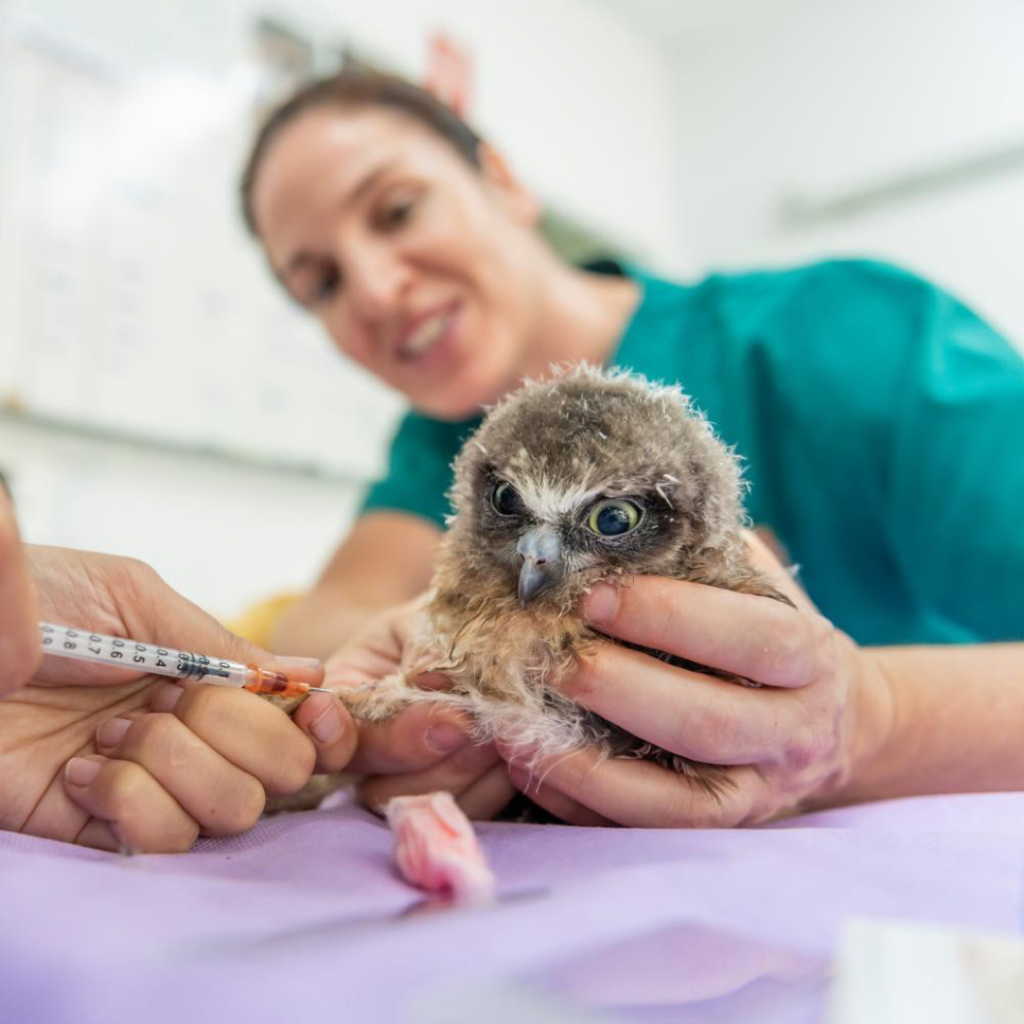
“The (2019-20) fires were awful but if there is a good thing that’s come out of it it’s that there is that recognition and these discussions are happening.” Many animals in need of care were brought to the Currumbin Wildlife hospital during the bushfire disaster of 2020. But Pyne says the hospital admitted a far greater number during the drought leading up to the fires. “The three months leading up to those fires we saw a heap of animals coming in that were just starving and dehydrated,” he says.
“It was the first time I had seen it at that level in my lifetime. Literally all we were doing was giving animals intravenous fluids and feeding them.” Pyne says flying foxes, which are known to suffer from heat stress, struggle particularly during drought because of a scarcity of flowering food trees.
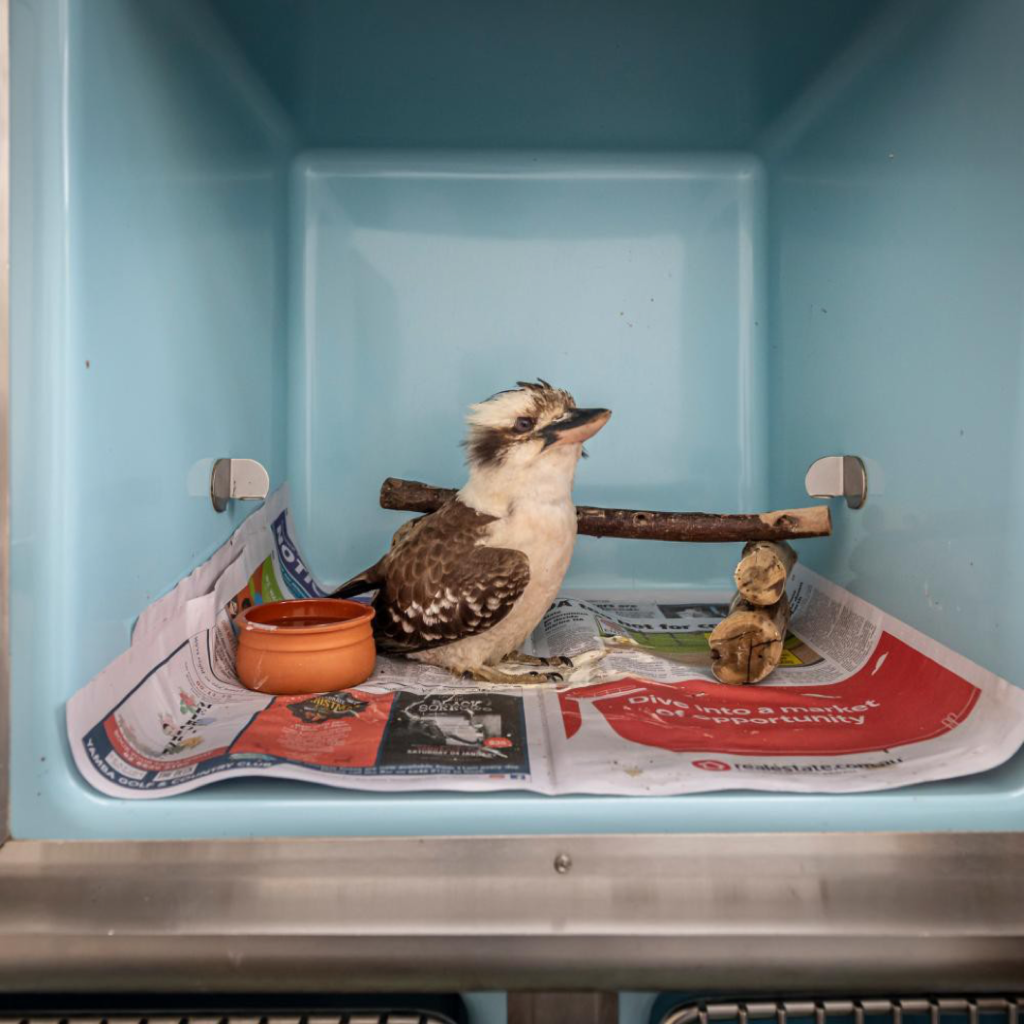
Above: A grey-headed flying fox (Pteropus poliocephalus) recovering from being anaesthetised and having its thumb amputated (due to getting it caught in roof guttering) is held by veterinary nurse Sarah Thorpe.
Right: Nurse Mallory Wilson prepares a blue tongued lizard (Tiliqua sp) for an X-ray after it was brought in with suspected trauma from a dog attack
The hospital predominantly treats grey-headed and black flying foxes that are found in the region. When animals are brought to the hospital, they are triaged to determine if they require immediate care. X-rays and blood tests, if needed, will be taken. Some animals might be prepared for surgery, others can be moved onto a ward. Each animal will be given an individualised meal plan.
The majority of animals will stay at the hospital until they are stable before being fostered by wildlife carers for their rehabilitation. Most are released back into the wild. “The goal is always to release them,” Pyne says. “Very, very few would not be released and if they’re not released there’s quite a process to go through with the Queensland government to decide where they will spend the rest of their life.”

